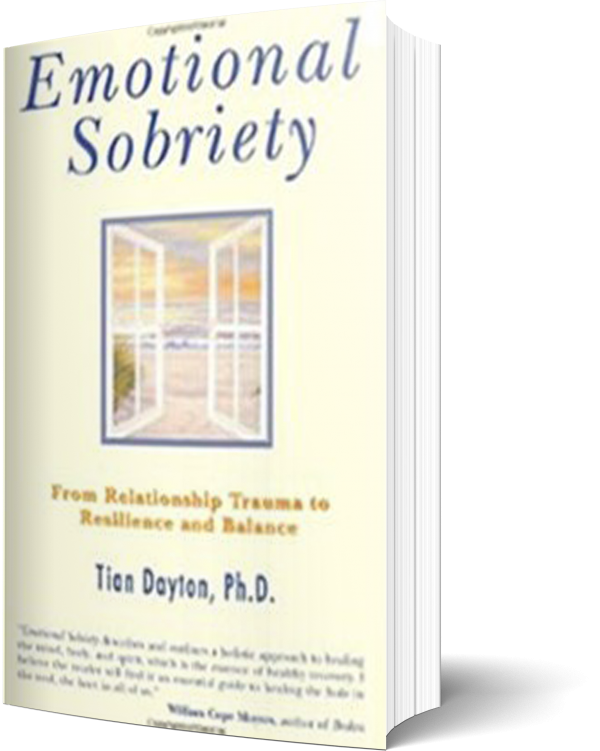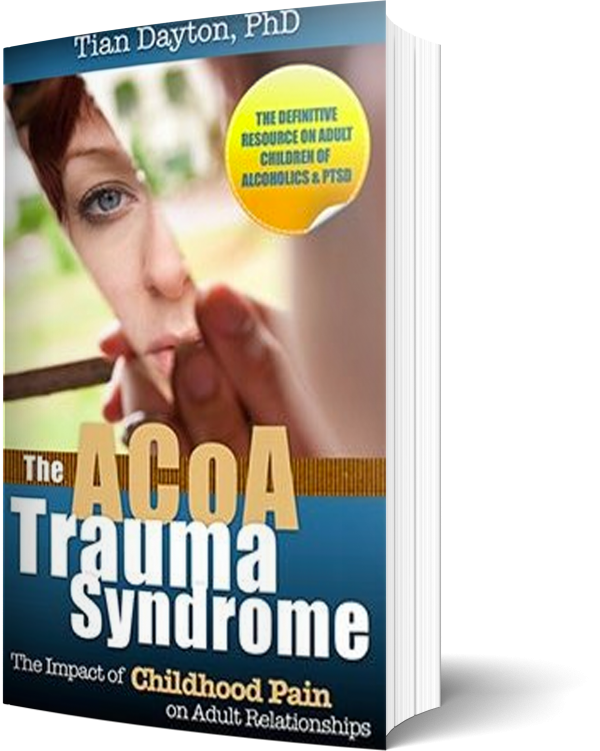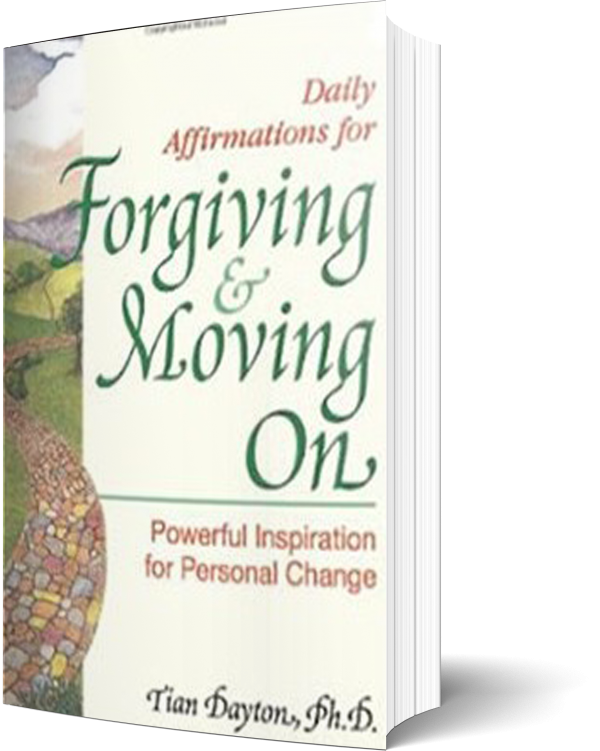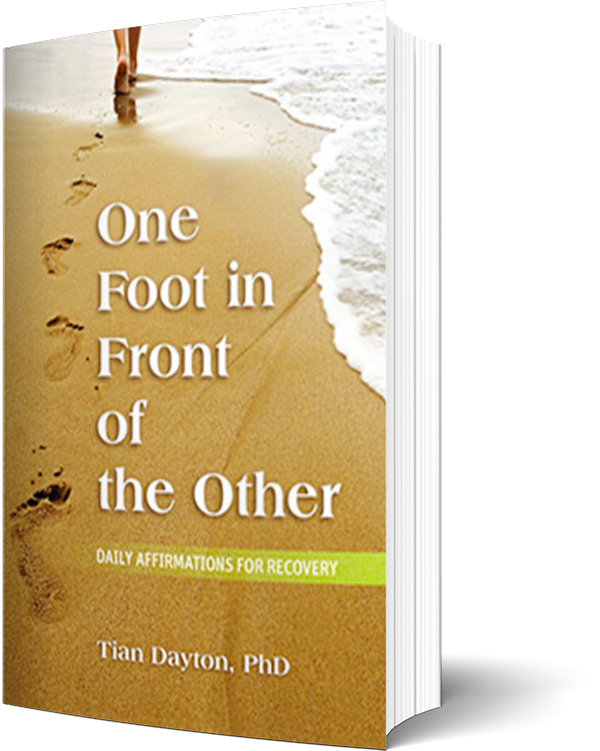Once the idea of dysfunctional families took hold in the eighties and we began to examine our childhoods for sources of our problems today, the line between dysfunctional and healthy families got pretty blurred. People began to identify in droves with “dysfunctional families”. But understanding the limited brain development of the child and the dynamics of early emotional development, helps us to understand that the problem isn’t that all families are dysfunctional; rather the child’s lack of brain development puts them at a higher risk for experiencing family problems as traumatic. They are simply too young to cope effectively when even normal life circumstances are beyond their capacity to understand and cope with effectively.
One important thing to understand here is that even well intended parents can cause significant emotional and psychological pain for their children. That’s because the child’s limited brain development and their total dependency on their parent, can make them very vulnerable to being hurt.
Feelings Comes First: A More In depth look at Brain Development
Long before we develop our ability to think we are quite proficient little “feelers.” Held close in our parent’s arms, we feel secure and grounded though we don’t know why. It is right here, in our parent’s arms, that we begin to absorb the skills of emotional coping, we have the ability to feel and to pick up on the feelings of those around us long before we can think about what we’re feeling. We have all the neurological equiptment that we need to absorb the emotional atmosphere in our families but none of the ability to understand what we’re feeling or why we’re feeling it. We are entirely dependent on our parents to explain the world to us or to show us, by their own reactions to circumstances, how to feel about any given situation. We’re built to imitate and model and we do this, at least in part, through our feeling apparatus.
Our ability to feel comes before our ability to think.
As children we aren’t in a position to make sense of what we’re feeling when we’re small. Our thinking equipment just isn’t as developed as our feeling equipment. To be more specific, the limbic system or the feeling part of the brain develops before the thinking part of the brain, the prefrontal cortex.
Here’s one brief paragraph describing brain development for those readers who like this kind of stuff. At birth the child’s amygdale is fully formed. This part of the feling brain is in charge of our fight/flight/freeze survival apparatus. Because it is fully formed, infants and children are capable of a full blown stress response from birth on. However, the hippocampus or the part of the brain that interprets sensory input as to whether or not it is a threat, is not fully functional until between four and five years of age. And the prefrontal cortex, which is where we have the ability to think and reason, is not fully formed until around age eleven. Because of these three factors, when small children get frightened and go into fight/flight/freeze, they have no way of interpreting what’s going on around them or of using reason to understand it. They can not use their thinking to help regulate their level of fear, because that part of their brain is not developed enough to do the job.
Small children have no way of assessing whether or not they need to be scared, or how scared they need to be, that’s why they need adults to act as “surge protectors” between them and the stimulus from their environment. Kids look to a caring adult to woo them back to a sense of calm and equilibrium when they get scared. They depend on what scientists call “an external modulator,” namely the parent, to restore their sense of inner calm because they lack the developmental maturation to calm themselves or to understand the source of their fear.
No situation need be inherently traumatic. It is how we experience the circumstances of our lives that determines whether or not we will find them traumatizing. The presence of caring adults who help children decode the ever unfolding situations of their worlds is a great protective buffer for the child. Needless to say, when the parent is the source of stress it’s a double whammy. Not only is the child scared but the person they would normally go to for comfort and comprehension of what’s happeing is unavailable to them.
The Importance of Repair
But all is not lost, if you’re a parent reading this and are worried that you’re doing irreparable damage to your child if you lose it this will help. It is a lack of repair that causes long lasting confusion and damage for a child. In other words, if you goof up as a parent, repair it, explain what happened after the fact and take responsibility for your end of the problem, otherwise all the child internalizes is fear and shame. If you as a parent lose it apologize, cuddle your child and reassure him that those we love can make mistakes and take responsiility; can momentarily disconnect and then reconect. These are the emotional lessons of intimacy that we carry throughout life.
And if the child “spills milk” that can be repaired as well. The child will likely already know he did something wrong from the alarm on your face, the mess on the floor and his own feeling of ineptness. Yelling only teaches fear and that fear goes underground and may create anxiety. Let the child know mistakes can be made and corrected.
Repair allows our shame response, to become part of personal growth (instead of the opposite if you are now experiencing moments of emotional disrepair from your own life flashing across your mind). We can and should learn from our mistakes. When something goes wrong; we need to learn ways of setting it right, of mending what was broken or restoring a lost sense of connection. This process that occurs in the context of a relationship creates new neural wiring just as any learning does. Only this time we’re not learning math or vocabulary, we’re learning how to live comfortably with closeness, we’re learning how to be real and we’re learning the skills of intimacy.
Repair allows for a feeling of calm, resolution and regulation to be restored. It allows for flexibility to become part of our personal style of relating. We can relax experiment and be ourselves in relationships if we feel that we can make mistakes. We can build confidence if we have some sense of how to get into and out of trouble. Contrition on the part of a parent honors the child. It says “you are a person who is important enough for me to care deeply about, I want to make things right with you.” This is good for both the child and the parent’s soul. And it shows the child what it looks and feels like to take responsibility for one’s own behavior.
Interestingly during times of natural disaster, victims of the disaster were found to be less likely to develop PTSD if they participated in repair efforts such as cleaning up debris or helping those around them in some small way. Their very participation in physical acts of repair staved off their feelings of helplessness, rage and despair and channeled them into positive, transformative energy and meaningful action. The mere act, however small, of trying to make things better rather than collapsing into helplessness and despair, was preventative and perhaps even curative.





